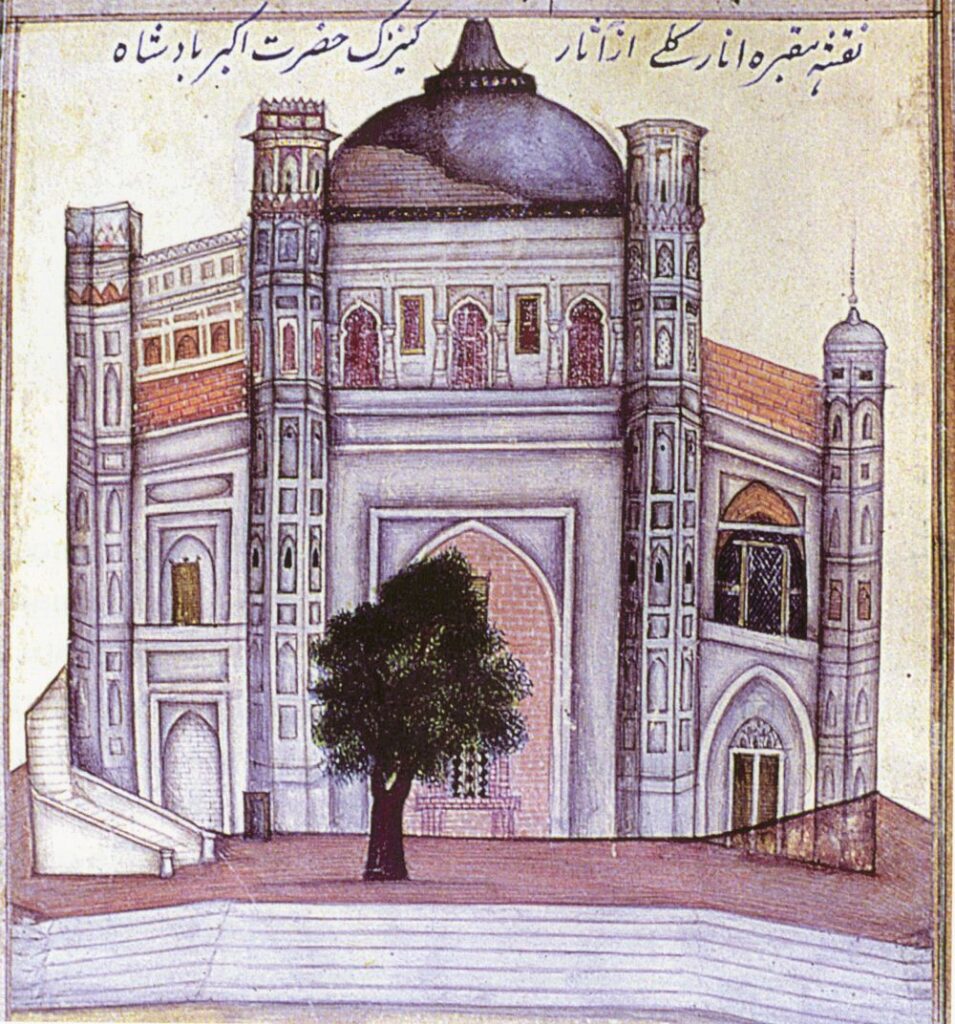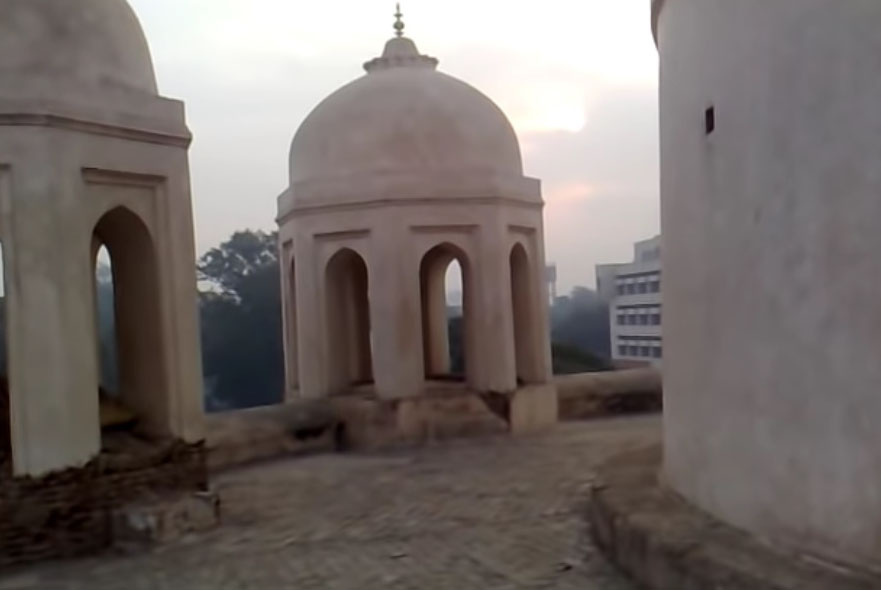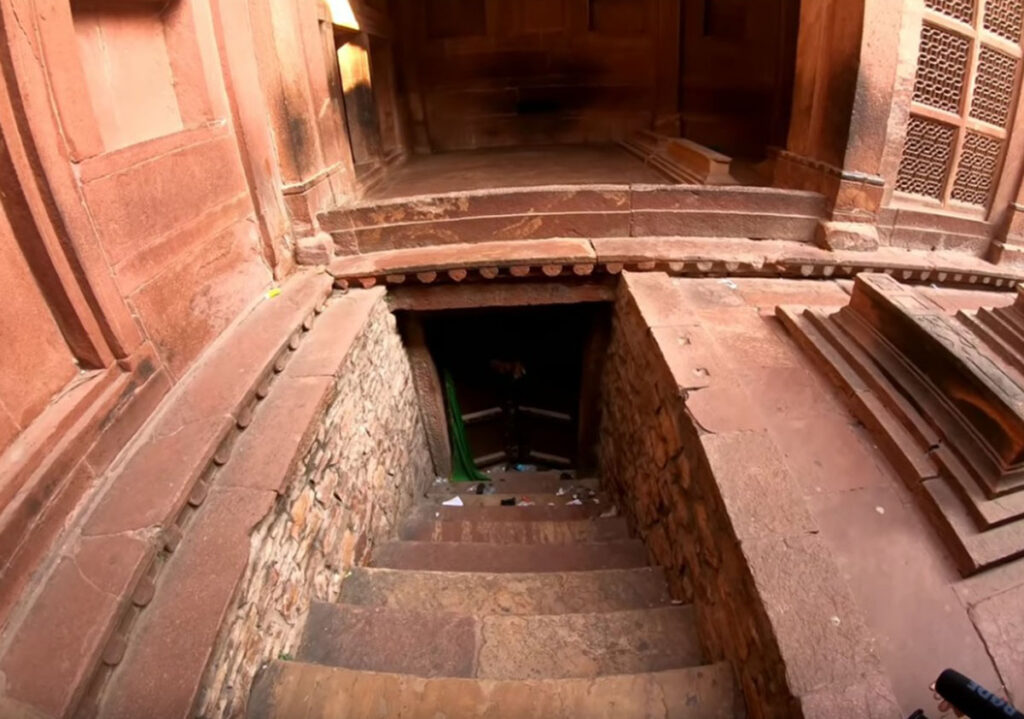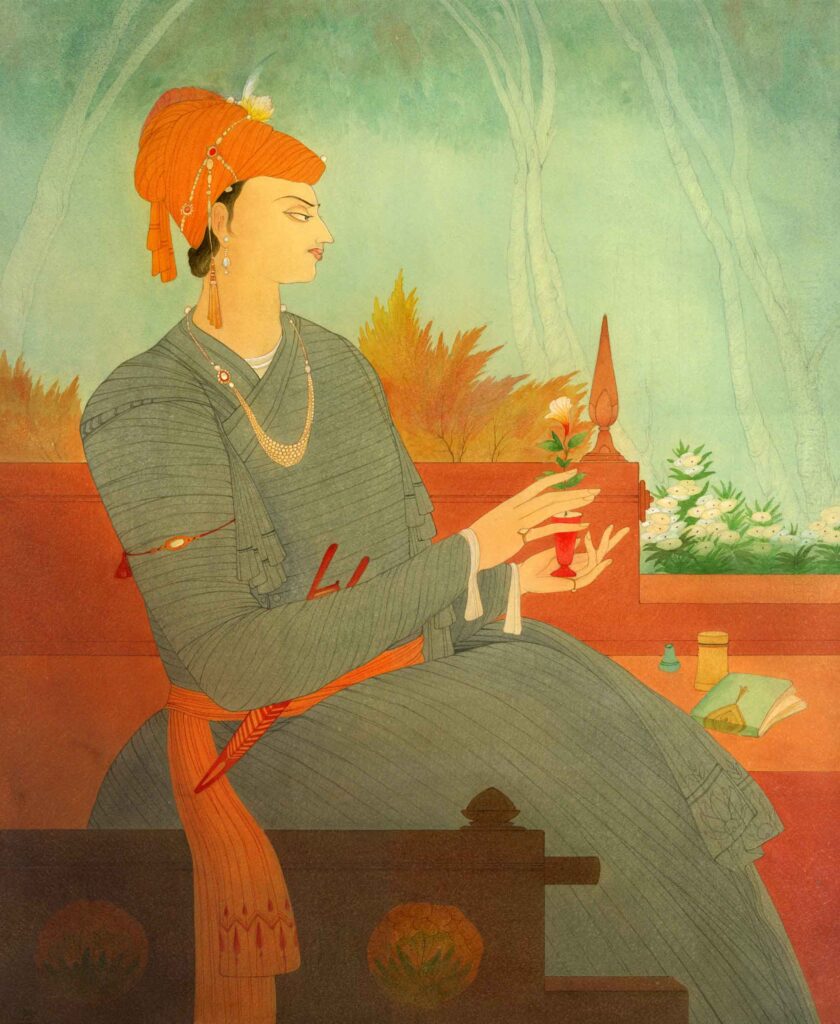UTTER FASCINATION WITH THE MYTHOLOGY OF ANARKALLI AND WHITE VISITORS – OBSESSION WITH OEDIPAL, INCEST AND SEXUAL ABERRATIONS IN BAZAAR GOSSIPS.

The Punjab was the last to fall in British hands. They had already occupied other areas through ruse and strategy. Came as the East India Company and picked up the whole region through ruthlessness of character. We talk of fifth and six generation wars now, those 5000 or so white visitors knew this beforehand. Debase the region’s concepts and sense of values. One was the cultural onslaught. The list is endless. Royal titles were given for most menial jobs like Khansama, Mahtar, and the like, and the Royal costumes given to the waiters and chowkidars outside their hotels. To undermine the culture and their way of life, iconic persons were put to target. One is the fascination with the story of Anarkalli.William Finch if he ever came to Lahore, never had access to the Mughal Court, all as a trader, he could sit in the bazaar and talk with common people. And he could weave stories of his own. Sigmund Freud has talked of people like him, with repressed sexual fantasies. Writers and film makers spun romantic tales of a Prince with a Slave girl, but that was not what Finch reported in his journal. He talked of a Slave girl namely Nadira, who was the concubine of Emperor Akbar, and father of one of his sons, Danyal Baksh. Prince Saleem, in whose front were the entire beauties of the region, could find no rest, except having an illicit relation with his mother. Can anyone in our culture even believe this concept? Mothers are the most sacred institution in our culture. In no way can we imagine a young Prince being so imbecile to have designs on his mother. But William Finch had a deep-rooted Oedipus Complex and sitting in Bazaar at Tandoors, all he could fantasize was such a relation. And he had the gall to attach it to a monument being built by Emperor Jahangeer to his beloved wife Sahib Jamal. And that thing stuck as an unknown act of self-defilement, sitting alone in his tent at night. It would have eroded with time.

But as men at that time, as well as men of this time or any time, vulnerable to being funded to control their research and viewpoints. Even if we look at things in our most objective way, we find humiliation of graves all the time. (that later)
William Finch records his views as this:
“Passing the Sugar Gonge is a fair Masjid built by Sheikh Fareed beyond (without the town, in the way to the Gardens) is a fair monument for Don Shah’s mother, one of the Akbar’s wives, with whom it is said Shah Selim had to do (her name was Immacque Kelle, or Pomgranate kernel, upon notice of which King Akbar caused her to be enclosed quick within a wall in his moholl, where realized, and the King Jahangir in token of his love, command a sumptuous tomb to be built of stone in the midst of a four square garden richly walled with a gate and divers rooms over. The convex of the tomb he had the willed to be wrought in works of gold with a large fair jointer with rooms overhead.”
Common sense dictates that how can a son have a sumptuous monument built for his mother as a beloved, with carved sentiments of love on it. It would promote the wrath of the people and they would have stoned him at every sight. But Finch is a WHITE MAN whose lies are acceptable centuries after his death. A psychologist told me that actually it shows William Finch as deeply in rooted in his own Oedipus complex. ANGREZ SACH BOLTA HAI. My foot. He needed psychological help and lessons in cultural history of this region. Let us see what Finch says about Islam:
“All this is nonetheless show as such with the King about Christianity he affirming before his nobles that it was the soundest faith and that of Mahomet lies and fables”.
Can you believe Jahangeer saying this in front of his nobles? There would be an immediate uprising in the Court itself. The political gimmick of his nephews embracing Christianity dissolved into air when they came back from Goa.
Now comes the question as to the body (bones) of Sahib Jamal. C. Grey was the first to write the story of Anarkalli, in the Punjab University Historical journal, and points out:
‘When the tomb was converted to a christen church in 1852, the body was removed and reburied the left-hand tower facing the mausoleum where it still remains, not far from the tombstone which ones covered the grave within the building”.
Now a historian like C. Grey writing this, it immediately came to the attention of people in power. Saadullah, the Keeper of Punjab Archives, a perfect gentleman, and a close friend of the Chughtai family, reacted to this sharply. I personally think it got the attention of even the Governor Emerson, who himself was very much interested in literature and history of events in Punjab. (Khan Bahadur title was given by him to Chughtai artist in 1934). A secret order (to avoid British embarrassment) was generated to remove the bones of Sahib Jamal from the left turret of the mausoleum and bury them properly in the middle where they belonged. In 1908 Tahir ud din, later Munshi of Dr Allama Iqbal, during repair of the tomb, had discovered another sarcophagus under 15 feet of the floor level, and both were placed side by side. . And we have a witness to this, that is a Master carpenter Umar Din, who was in his late eighties in 1981, when he was working at the Chughtai Museum. He himself saw the dug center of the mausoleum and saw a wall like construction about 15 feet below the surface (as all Mughal ladies are buried like this). He was probably there to make a coffin for the lady, and had tales to tell, but we were not able to listen to all of them. According to Keeper Archives, Saadullah this was done between 1934 and 1940. It is more possible to be around 1938, but it was not recorded. For in 1938 Dr Abdullah Chaghatai had returned from Paris with a PHD on the Taj Mahal, and gave a copy of his thesis to Saadullah for the archives. For a detailed analysis one would suggest that people should read the article on Anarkalli by Ahmed Nabi Khan, a Superintendent of Archaeology and he terms this as in all ways “Preposterous”.
Journal of Central Asia Vol III, Number 1, July, 1980. The Tomb of Anarkali at Lahore: Dr Ahmad Nabi Khan.”A careful analysis of the above passage given an unmistakable evidence that the curious stranger who was completely ignorant of the trait and tempo of the local society was casually referring to a street gossip. As he had no correct knowledge of the royalty, and the other historical events, he commits several errors.”
Even C. Grey writes that:”That the European Finch and Terry are unreliable, one making several other errors of fact, and the other never having been at Lahore.”
People will always spin stories about Anarkalli and Prince Saleem, because it is a romantic tragedy and eulogized by writers, poets and film makers. The real Sahib Jamal would in no way look romantic to people. Our culture does not permit the announcement of an illicit relation by writing love sentences on the grave of a mother. But people who favour this have no links with the culture of our country, and are in deep rooted complexes themselves. Imagine a President of Pakistan talking about his Oedipus with his mother. People would stone him to death. There is no need to talk of this preposterous and moronic assumption.
P.S.
Some other legends:
- A grave in Batala, Punjab, named after Anarkalli (Ilm-ud-din Salik).
- A staircase in Fatehpur Sikri famous for having a wall where Anarkalli was interred by Akbar, and allowed to escape.










Distorting our narratives favourite game of Gora Sahib.
Dirty minds common here
Angrez nay sab kuch ragar dia hai
Amazing
Sahib Jamal buried in Bagh Anaran
Poor beloved Sahib Jamal punished over time for no reasons of her own, secured a place in Heaven.
How beautiful original outside of Sahib Jamal’s mausoleum? Blue naqashi, wonderful.
In my view Prince Saleem made a smaller mausoleum for Sahib Jamal as a Prince and later when he became emperor, he had the same enlarged to designated Royal size. Inside the outer dome, there is another dome, and there is even a pinnacle in marble to that inner dome and nobody has investigated it so far. See picture! This double dome can be seen from the roof on a flat surface, and usually the double dome is visible from down, but not this one. We will put a drawing for it.
A probable fascination of William Finch with the story of Prince Saleem having a sexual relation with his step mother, goes back to the scandal of King Constantine. In 325 AD Queen Helena was on a mission to discover the cross on which Jesus Christ was supposed to have been crucified. At that time Constantine took a second wife Fausta, and found out that his heir apparent son Crispus was having a sexual relation with his wife, step mother of Crispus. This famous Christian Emperor had Crispus imprisoned and finally poisoned to death. And as far as Fausta was concerned, he had her locked in a steam bathroom and strangulated to death. All echoes of the story invented by Finch to malign Mughals here. People living in glass houses should not throw stones.
Beautiful analysis